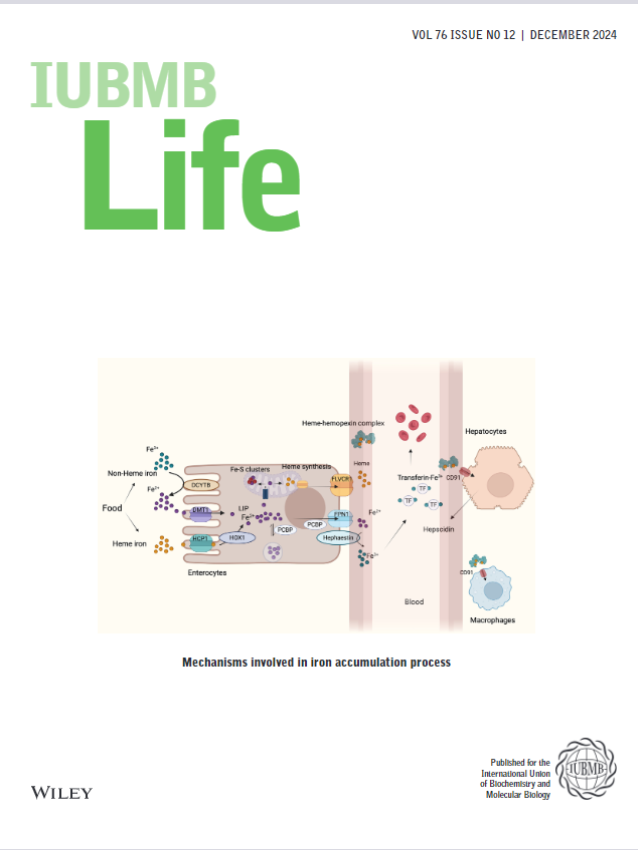SNORA33 Promotes Clear Cell Renal Cell Carcinoma Development and Resistance to Sunitinib Through Triggering the JAK/STAT Pathway
Abstract
Accumulating evidence has confirmed that snoRNAs exert a role in a variety of cancers; however, the role of SNORA33 in clear cell renal cell carcinoma (ccRCC) remains unclear. This study was aimed at elucidating the role and mechanism of SNORA33 in the tumorigenesis and progression of ccRCC. The snoRNAs expression matrices were obtained from the public TCGA and SNORic databases. Kaplan–Meier analysis was employed to investigate the survival of patients with ccRCC presenting different SNORA33 expression. The prognostic value of SNORA33 in ccRCC was examined using Cox univariate and multivariate analyses. A series of in vitro experiments were conducted to explore the functional role of SNORA33 in ccRCC. Gene set enrichment analysis (GSEA) and western blot were used to explore and validate the involved mechanisms. SNORA33 was highly expressed in patients with ccRCC and was correlated with poor prognosis. In addition, SNORA33 was intimately associated with the infiltration of diverse immune cells and positively correlated with the immune score as well as the expression levels of multiple immune checkpoint molecules, serving as a potential biomarker for immunotherapy prediction. The findings of in vitro experiments indicated that SNORA33 was capable of promoting the proliferation, invasion, migration, and resistance to sunitinib in ccRCC. SNORA33 was highly expressed in ccRCC and indicated an adverse prognosis. SNORA33 was capable of facilitating the progression, invasion, metastasis, and resistance to sunitinib of ccRCC cells through mediating the JAK/STAT pathway.


 求助内容:
求助内容: 应助结果提醒方式:
应助结果提醒方式:


